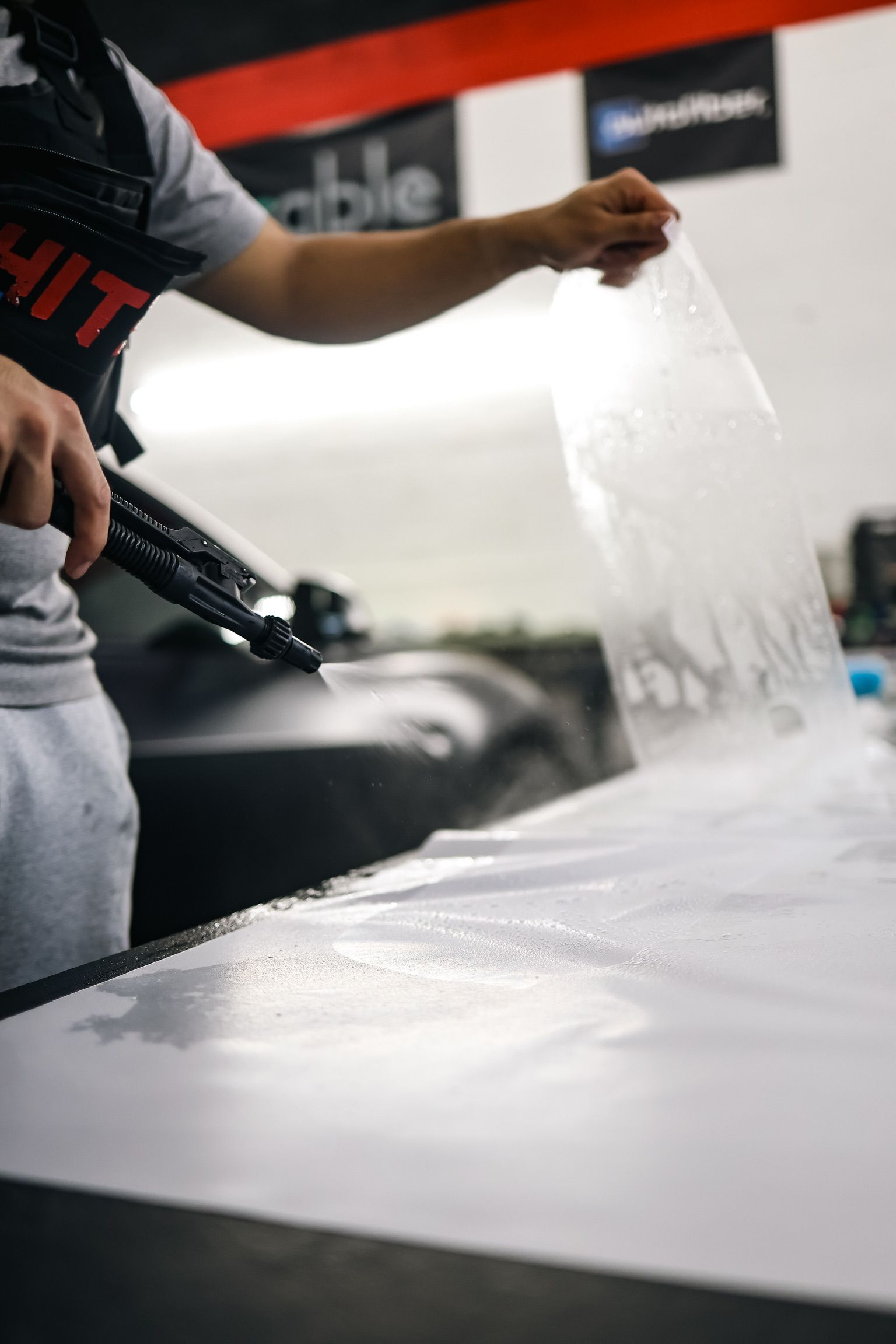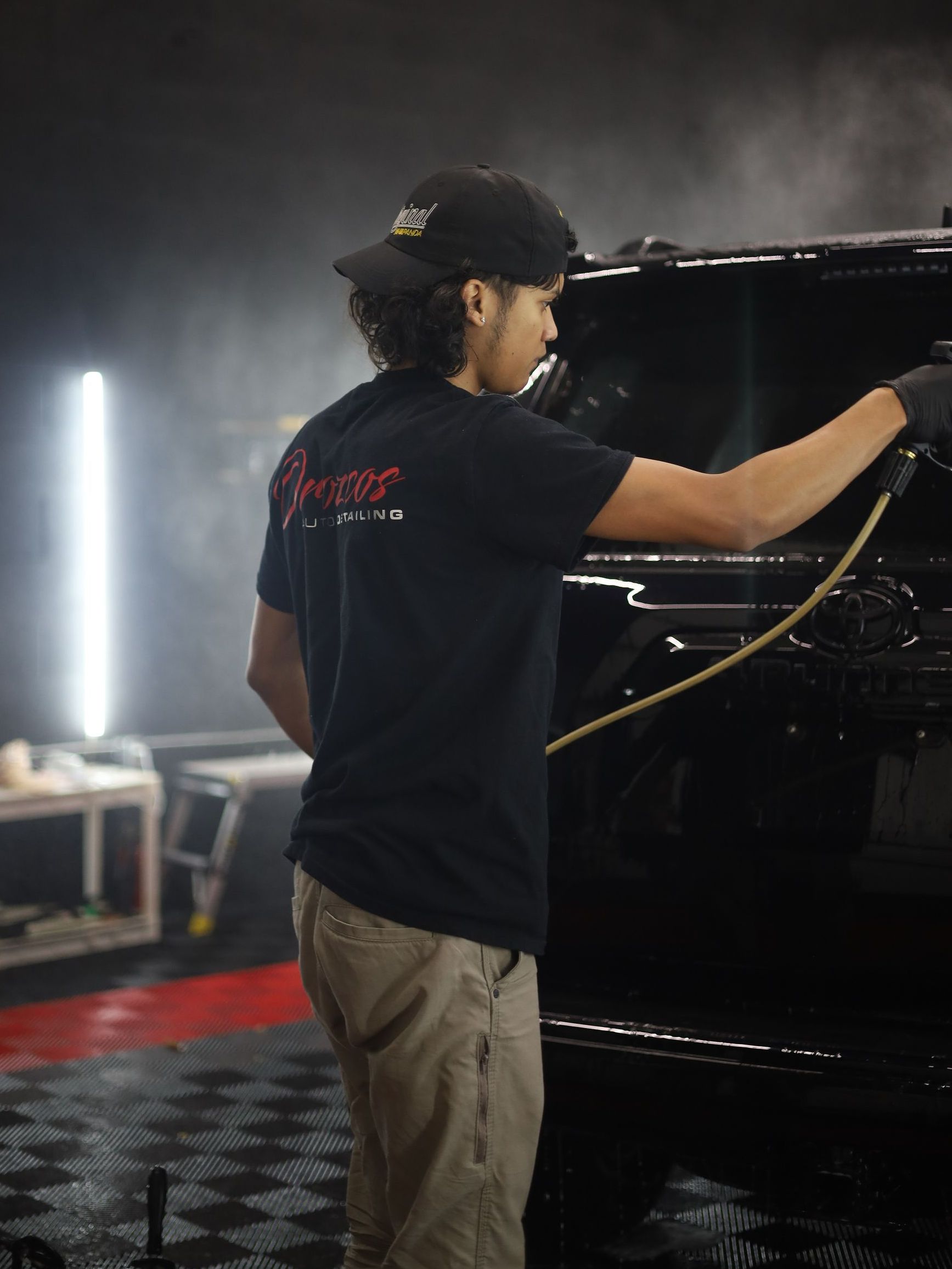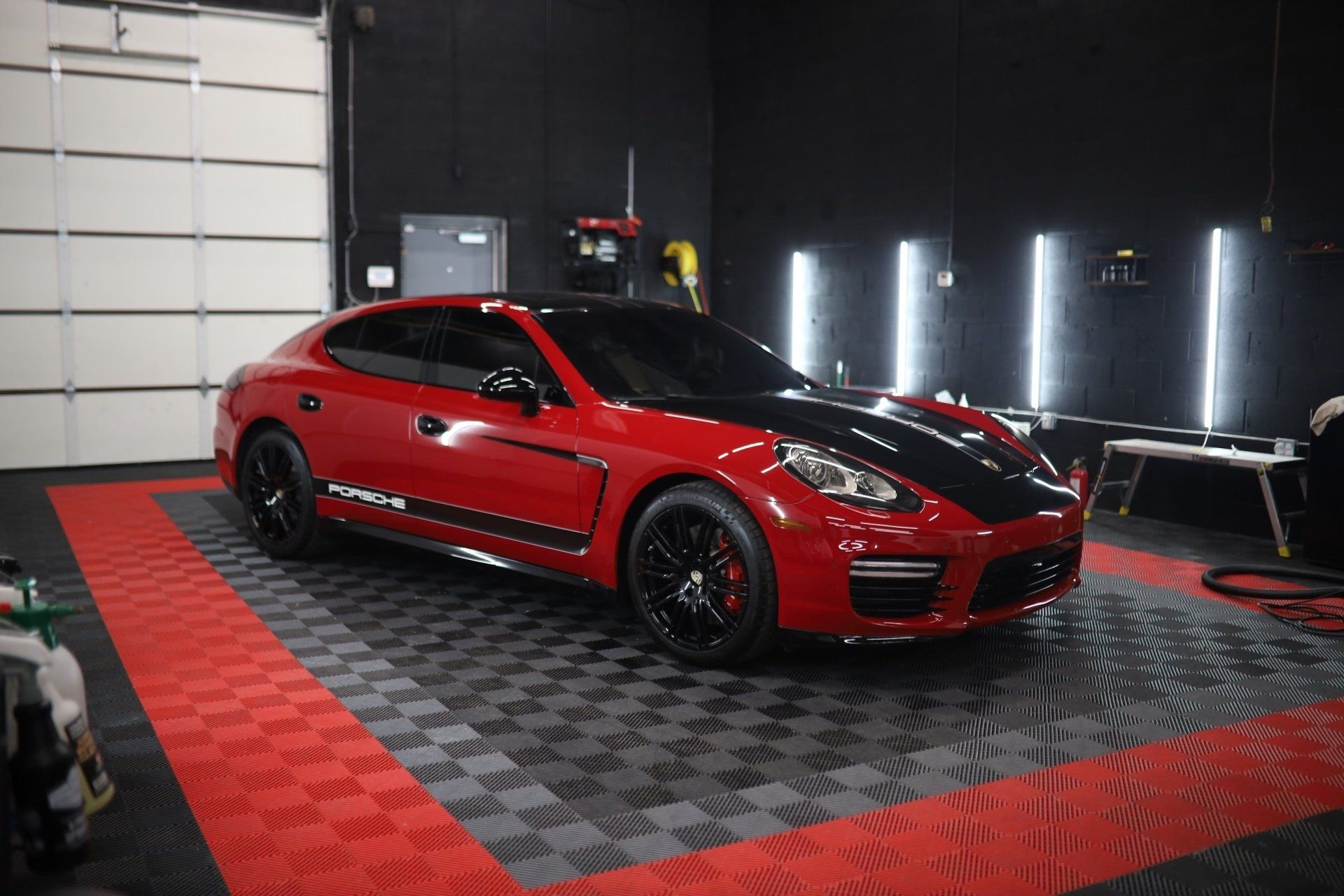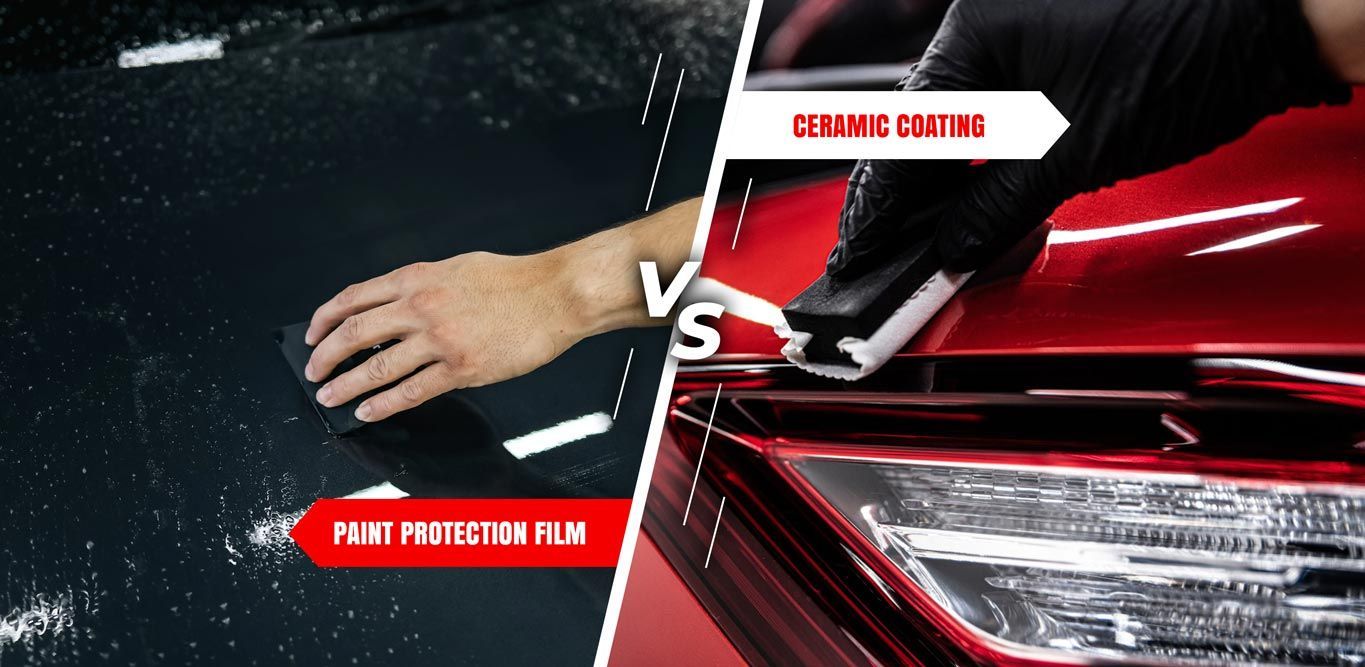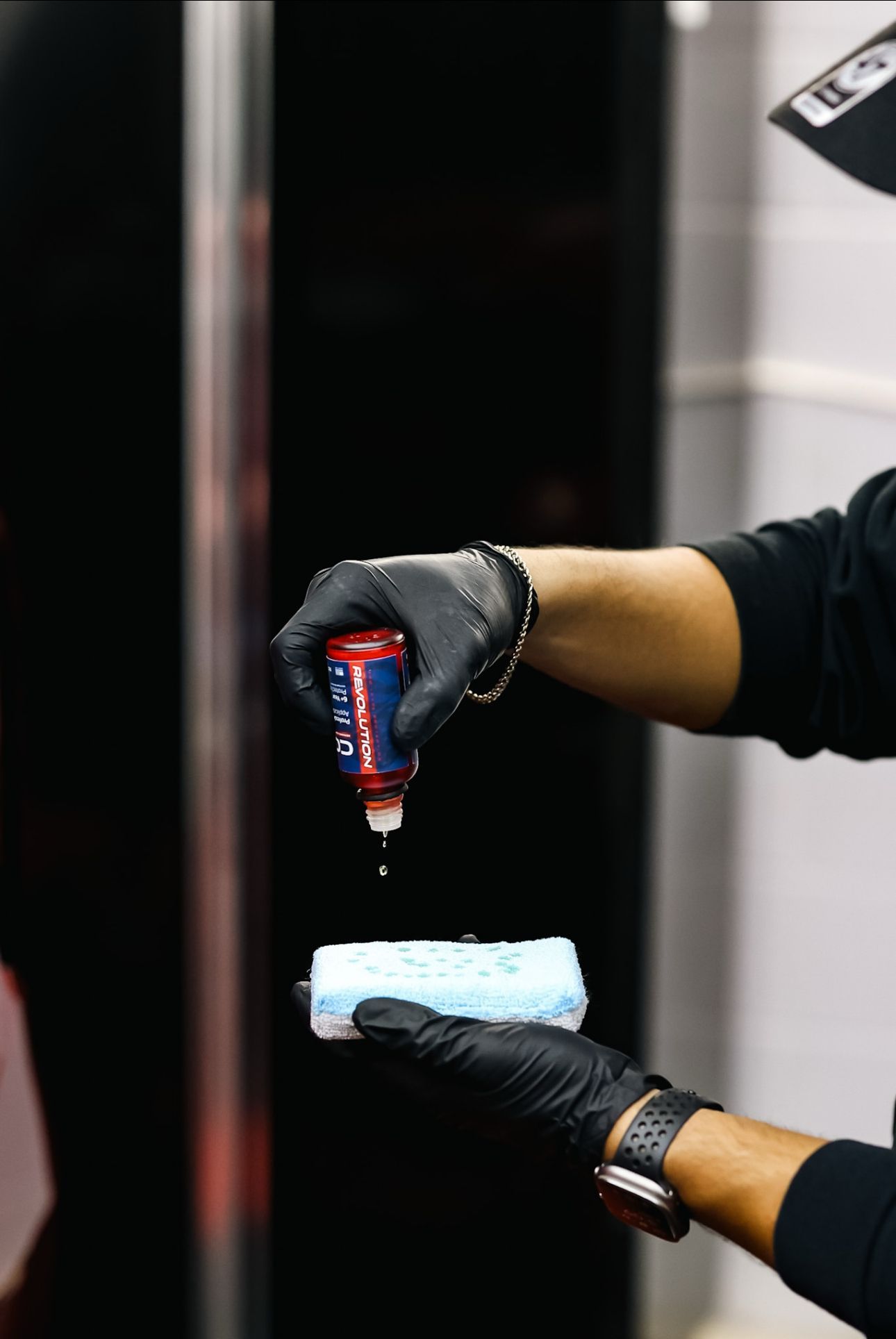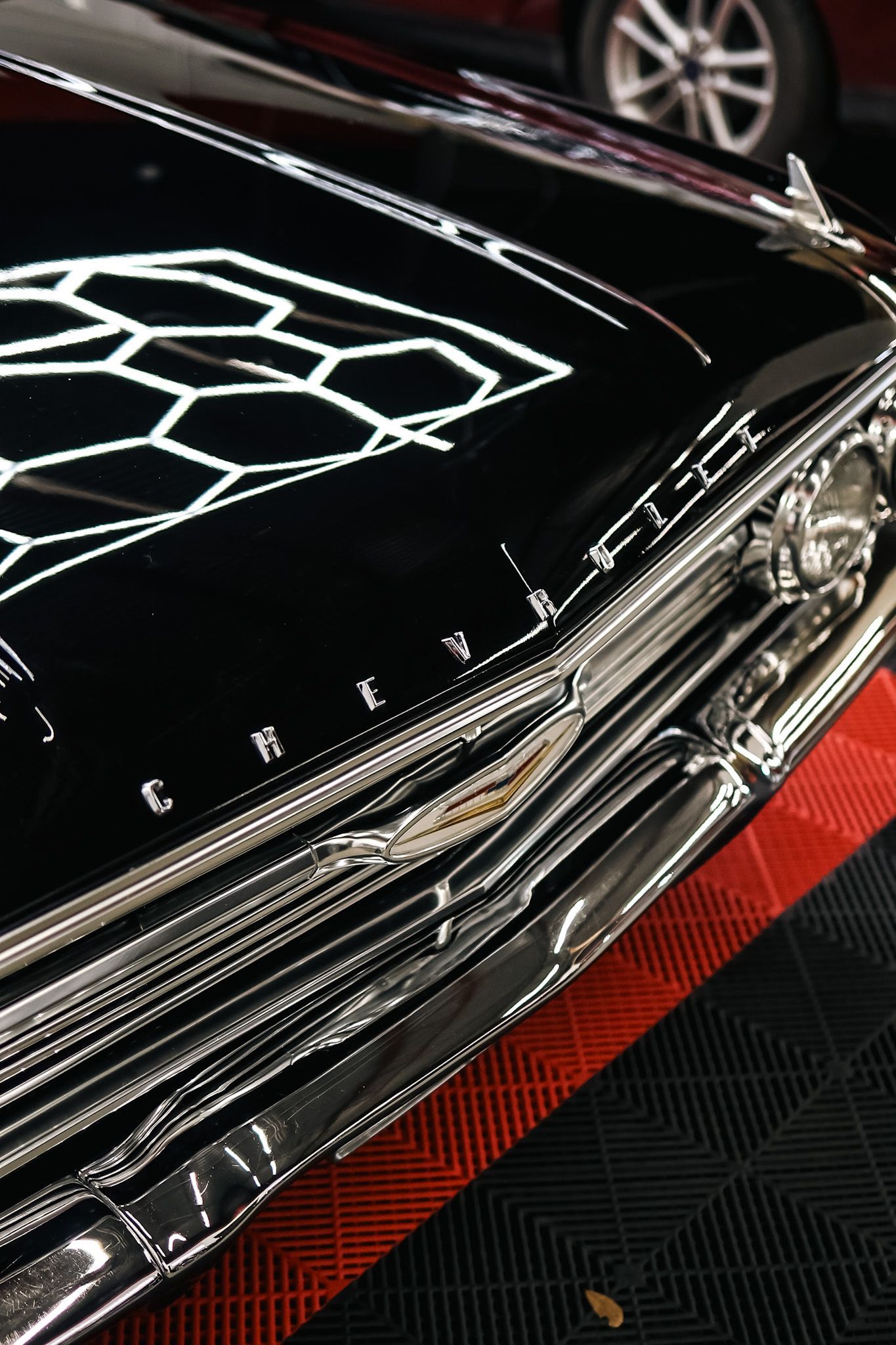Top Questions to Ask Before Choosing a Window Tinting Service
Choosing the right window tinting service can feel like navigating a maze. With so many options out there, it’s easy to get overwhelmed by choices and claims that sound good but may not hold up in reality. You want to ensure your investment not only improves the look of your vehicle but also protects you from harmful UV rays and enhances your comfort on the road. From understanding the different types of tints available to checking on the company’s reputation, asking the right questions can guide you to a wise decision. Let's break down what you need to consider before committing to a window tinting service, ensuring you get the best outcome for your vehicle.
Before selecting a window tinting service, it’s crucial to ask about their experience with tints, the types of materials they use, and whether they offer warranties on their work. Additionally, inquire about their familiarity with local tinting regulations and request customer references or reviews to gauge the quality of their services.
Key Questions for Window Tinting Services
One of the first questions you should ask is about the types of window tints available. Different materials offer various benefits; for example, ceramic tints provide superior heat rejection without interfering with signal transmissions, while carbon tints tend to be more cost-effective yet still offer substantial UV protection. Understanding the differences can help you pick the right tint for your needs.
Following this inquiry, request samples or demonstrations of each tint type. It’s essential to see how each option looks on a vehicle before making a decision. Most reputable tinting companies, such as Orozco's Auto Detailing, are willing to provide visual examples or allow you to see how it looks on other vehicles they’ve serviced. This step will give you a clearer vision of what to expect.
“The only way to truly appreciate a tint is to see it in action.”
Understanding the UV protection level is another critical aspect. You want to ensure that the tint not only enhances your car's aesthetics but also protects against harmful UV rays effectively. Ask for specific percentages regarding UV rejection and inquire whether the products are backed by testing results.
It's equally vital to verify that the tints comply with local regulations. Each state has its own rules regarding how dark window tints can be and which windows can have them tinted. Non-compliance can lead to fines and frustration down the line, so make sure the service provider is aware of these legal requirements and adheres to them.
Among your inquiries, don’t forget to investigate the lifespan of the tints and how they will age over time. Understanding that some lower-quality films might fade or bubble within just a few years is crucial in making your decision. Most high-end options come with warranties that outline durability, but knowing this upfront will prepare you for future maintenance or replacements.
Also, request a detailed written estimate that breaks down all costs involved in the project—this document should include materials, labor, and any additional fees that may apply later on. It ensures transparency and helps avoid any surprise charges when you go for installation.
For instance, if you're torn between ceramic tints and dyed options, asking detailed questions can help clarify why one might deliver better long-term performance or aesthetic appeal compared to others.
These essential inquiries serve as stepping stones toward making an informed choice; they lead naturally into understanding what distinguishes quality materials from lesser options in the market.
Assessing Tint Quality and Materials
When it comes to choosing the right window tint, understanding the quality of the materials used is essential. Poor-quality tints may look appealing initially but can quickly fade, bubble, or peel. This is not just a cosmetic issue; inferior tints might offer little to no UV protection or heat rejection, ultimately failing to provide the benefits you seek. With so many options available in the market today, it can be overwhelming, which is why it's crucial to consider the specific components that make up these films.
Key Factors in Assessing Quality
As you evaluate potential window tinting services, pay close attention to several critical elements. One of the first considerations is the type of film material being used. There are three main categories: dyed, metalized, and ceramic.
- Dyed films are often more affordable but tend to fade over time.
- Metalized films provide better heat rejection but can interfere with electronic signals in your vehicle.
- Ceramic tints stand out for their high performance; they are resistant to fading and scratching while blocking up to 99% of harmful UV rays.
Additionally, heat rejection is a significant benefit of premium tints. For instance, ceramic tints excel in this area by rejecting heat efficiently without sacrificing visibility inside the vehicle. Unlike other materials that may simply darken your windows, ceramic films effectively maintain cooler interiors—an important consideration for anyone living in warmer climates or if you merely want to increase comfort while driving.
To further ensure you're selecting a reliable product, inquire about sourcing and manufacturing standards. Are the materials from reputable manufacturers? Do they adhere to industry standards? Manufacturers with solid reputations typically invest in research and development, resulting in advanced products that perform well over time. Brands with good warranties often back their materials' quality, providing peace of mind about your new investment.
With a solid understanding of quality and material considerations, it’s important to now shift focus towards evaluating pricing structures and warranty details for your window tinting choices.
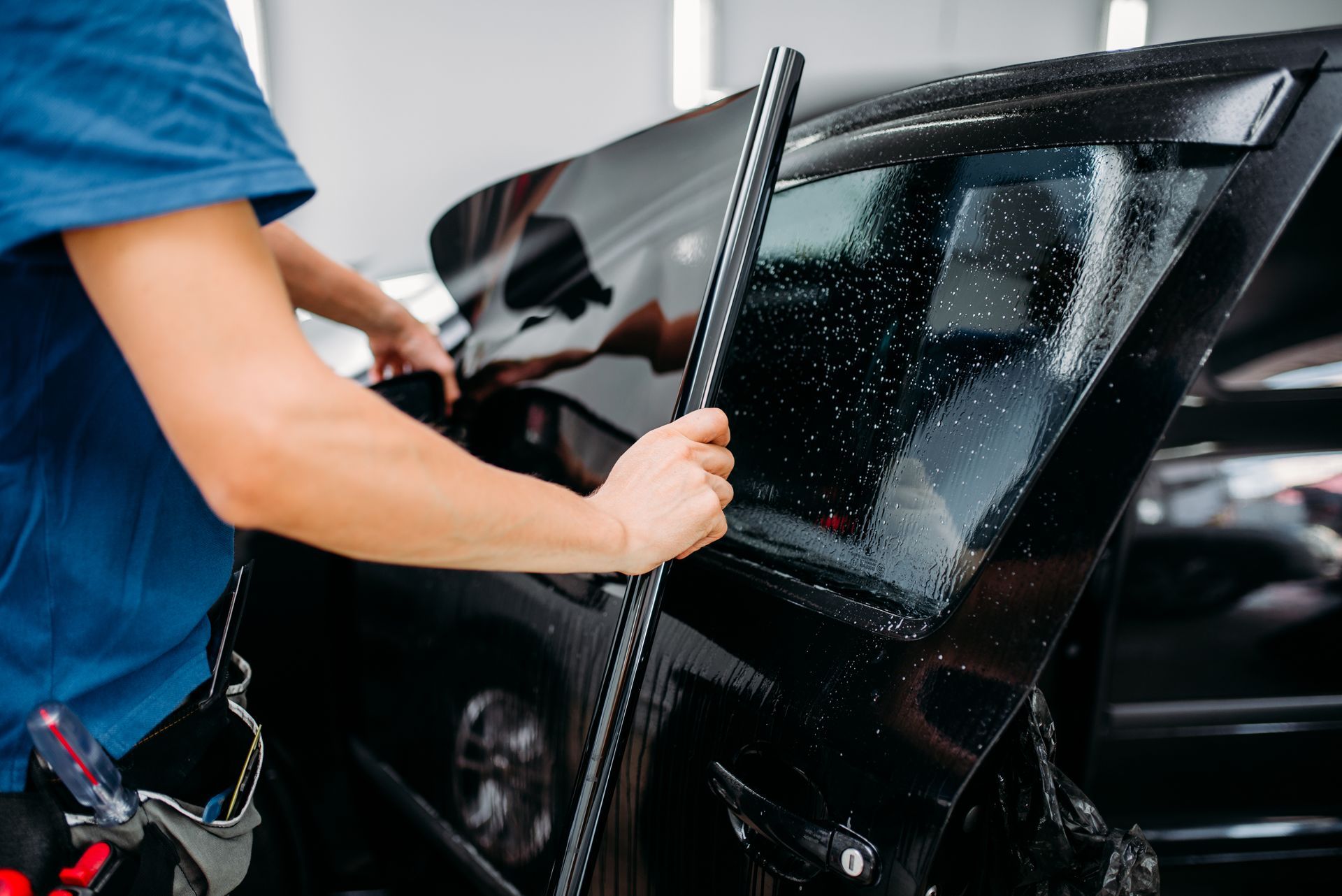
Evaluating Installation Expertise
When it comes to window tinting, the quality of installation can significantly impact how well the tint performs and how long it lasts. One of the first things to consider is the experience and training of the installers. Ask them how long they have been in business; experience often correlates with skill level. A reputable installer will likely have several years of experience under their belt, having encountered various challenges and learned how to overcome them.
In addition to experience, certification from recognized associations is a valuable indicator of professionalism.
But it doesn't stop just there; visual evidence of past work can also be revealing.
Requesting before-and-after photos is more than just a formality; it's an opportunity to gauge the quality of their work. Genuine installers take pride in their craftsmanship and will happily provide visual proof of completed installations that show not only aesthetically pleasing results but also attention to detail—no bubbles, seams, or irregularities should be present.
Remember, a reluctance or refusal to share references or showcase past work could indicate potential problems in their installation quality or reliability.
Alongside these inquiries, it's wise to evaluate customer feedback online. Websites like Google Reviews or Yelp can provide insight into the experiences previous clients have had with the installer. Did others report satisfaction? Were there recurring issues? By piecing together these insights, you'll gain a clearer picture of what you can expect. Take your time here since choosing a service provider based solely on price without assessing their expertise could lead to significant regret down the road.
Understanding installation expertise is vital, yet the next step involves exploring another aspect that can greatly affect your decision-making process.
Maximizing Tint Benefits
To fully leverage the advantages of window tinting, one must be aware of its features and adopt practices to maintain its effectiveness over time. A little proactive care can ensure that your investment continues to yield impressive results, both in terms of aesthetic appeal and practical comfort.
For example, keeping your tinted windows clean is essential; using approved cleaning solutions helps prevent damage and streaking that can diminish clarity and impact performance.
Practical Tips for Maximizing Tint Benefits
Some practical tips include:
- Regularly cleaning the tints with approved solutions to prevent damage. This means avoiding harsh chemicals that could degrade the film and using gentle soaps or dedicated automotive glass cleaners.
- Utilizing shades or window covers when parking in direct sunlight to extend the life of the tint. Not only does this reduce exposure to UV light, but it also lessens the heat that can warp the tint over time.
- Ensuring windows are rolled up for a few days after installation to allow the tint to set properly. It might be inconvenient, but waiting really helps ensure a strong bond between the film and glass, translating to better performance.
However, maintaining your tint doesn’t end at installation; it's an ongoing process of care that can lead to long-term satisfaction with your vehicle's appearance and comfort. Investing in quality products from reputable providers like Orozco’s Auto Detailing ensures that you receive professional guidance on how to uphold your tint’s performance effectively.
If you're intrigued by these insights and want personalized advice on enhancing vehicle aesthetics or protection through services like window tinting, don’t hesitate to reach out to Orozco's Auto Detailing or call (313) 888-3822 today!
SHARE WITH YOUR FRIENDS



